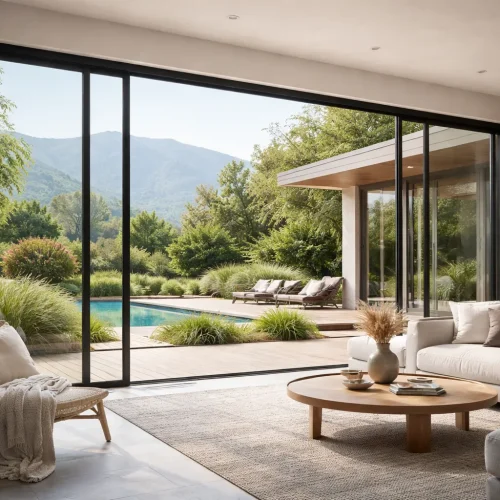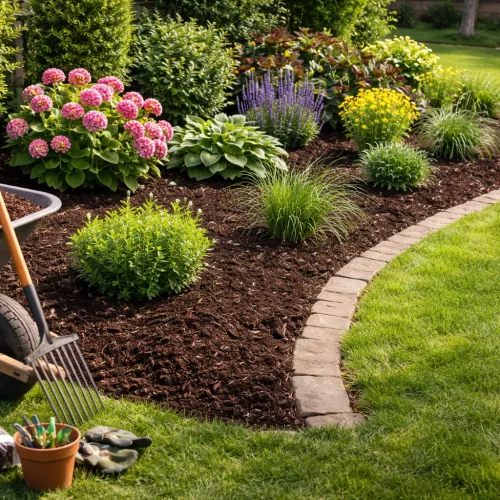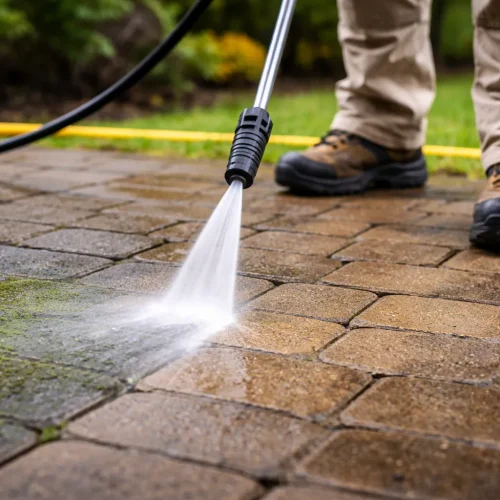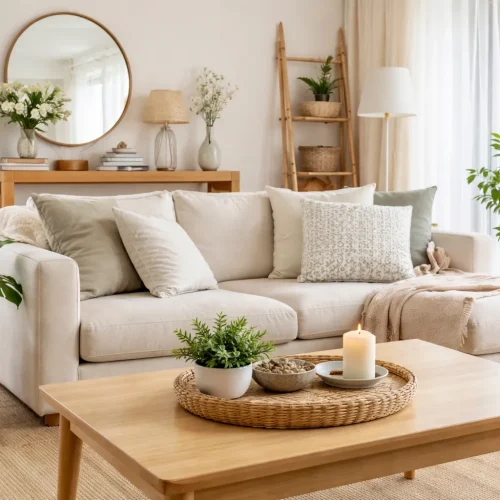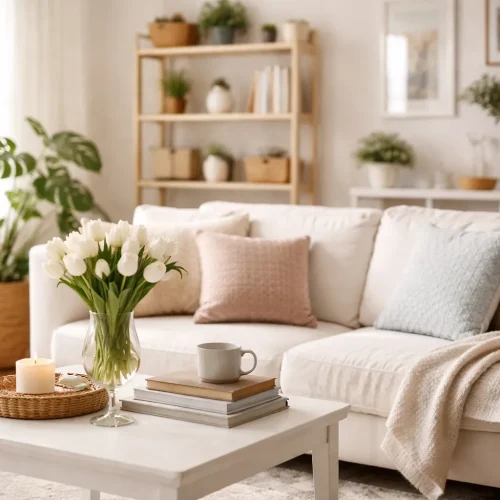If you’ve ever stood at the bottom of your staircase and thought, something is missing, you’re not alone. Stairs are one of the most overlooked design elements in a home. Yet, with the right touch, they can become a stunning focal point. And that’s where the seagrass stair runner comes in. Not only does it instantly add warmth, texture, and elegance, but it also brings durability and eco-friendliness into your home. The best part? It’s practical, sustainable, and surprisingly affordable.
So, why is a seagrass stair runner such a game-changer? Let’s dive in.
What is a Seagrass Stair Runner?
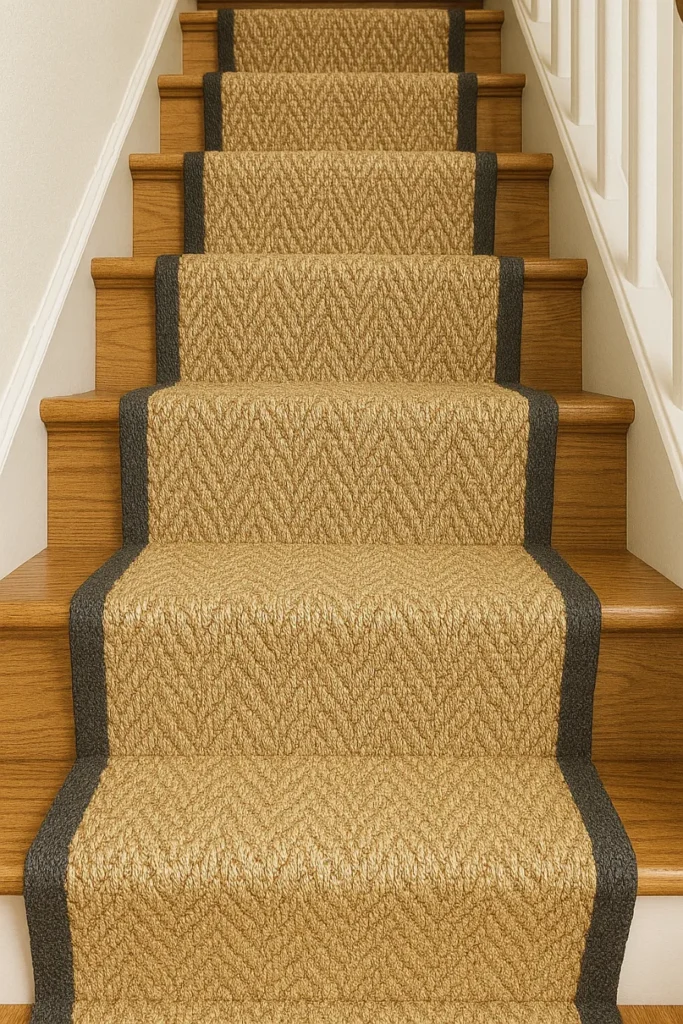
A seagrass stair runner is a strip of woven natural seagrass carpet, designed to fit over the steps of your staircase. Unlike full carpeting, which covers the entire width, a runner leaves a border of exposed wood or paint on each side, creating a striking contrast.
Seagrass itself is a natural fiber harvested from coastal waters. Once picked, the long grasses are dried, spun into fibers, and woven into mats, rugs, or runners. The natural golden-green hues of seagrass bring an earthy, organic feel that instantly elevates a space.
Unlike synthetic carpets, seagrass fibers are non-toxic, hypoallergenic, and completely sustainable. This makes it not only a stylish choice but also a responsible one. In fact, many homeowners who want a greener home opt for seagrass runners because they check both boxes: beauty and eco-friendliness.
Benefits of a Seagrass Stair Runner
Choosing a stair runner isn’t just about aesthetics. It’s about function too. Here’s why seagrass stands out:
Durability That Withstands Heavy Foot Traffic
Stairs see some of the highest traffic in any home, which means the runner has to be tough. Seagrass has naturally hard, non-porous fibers that make it resistant to wear and tear. Unlike wool or jute, it won’t flatten easily under pressure. This makes it ideal for busy households, especially ones with kids and pets.
Eco-Friendly and Sustainable
Seagrass grows quickly and abundantly in shallow coastal waters, requiring no pesticides or fertilizers. It’s harvested by hand, making it one of the most sustainable flooring choices. Plus, it’s 100% biodegradable at the end of its life cycle. A seagrass stair runner is good for your home and for the planet.
Natural Beauty and Timeless Appeal
No two seagrass runners look exactly the same. The natural color variations—from soft green to golden beige—create depth and visual interest. Whether your style is rustic farmhouse, coastal chic, or modern minimalism, a seagrass stair runner fits right in. It’s understated yet elegant, and it ages gracefully with time.
Safety and Comfort
Slippery stairs can be a hazard, especially for pets, kids, or elderly family members. The textured surface of a seagrass stair runner provides extra grip, reducing slips and falls. Many homeowners install them specifically because their dogs or cats struggle with bare wood stairs. Plus, the natural padding adds comfort underfoot.
Cost-Effective Alternative
Compared to wool or synthetic runners, seagrass is budget-friendly without sacrificing quality. On average, it costs significantly less per linear meter, while still delivering a high-end look. Combine this with its durability, and you’ve got a runner that saves money in the long run.
How to Choose the Right Seagrass Stair Runner
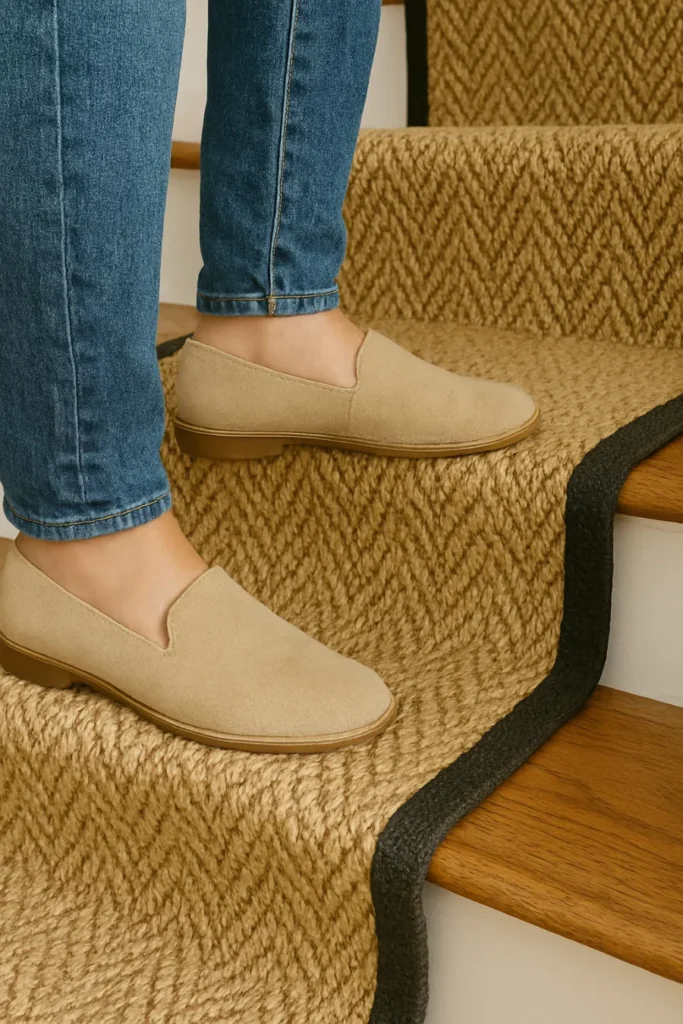
With so many options available, picking the right seagrass stair runner can feel overwhelming. Here’s how to narrow it down:
Measuring for the Perfect Fit
Before anything else, measure your staircase carefully. A standard rule of thumb is that one step requires about 0.5 meters of runner. Don’t forget to include landings or winding stairs if you have them. When in doubt, round up—you can always trim excess.
Exploring Design Options
Seagrass runners come in different weaves and border styles. Some popular options include:
- Basketweave: A chunkier, textured look that adds depth.
- Herringbone: Sleek and tailored, perfect for modern homes.
- Neutral Binding: Cotton or linen borders in black, navy, or natural tones frame the runner beautifully.
Custom runners allow you to choose the weave, width, and border, creating a look that’s uniquely yours.
Matching Your Interior Style
- Modern homes: A clean herringbone weave with black borders pairs beautifully with minimalist interiors.
- Farmhouse or rustic style: A natural basketweave runner on painted white stairs creates a cozy, welcoming feel.
- Classic interiors: A seagrass runner with a dark border against polished wood stairs adds sophistication.
Installation Guide for a Seagrass Stair Runner
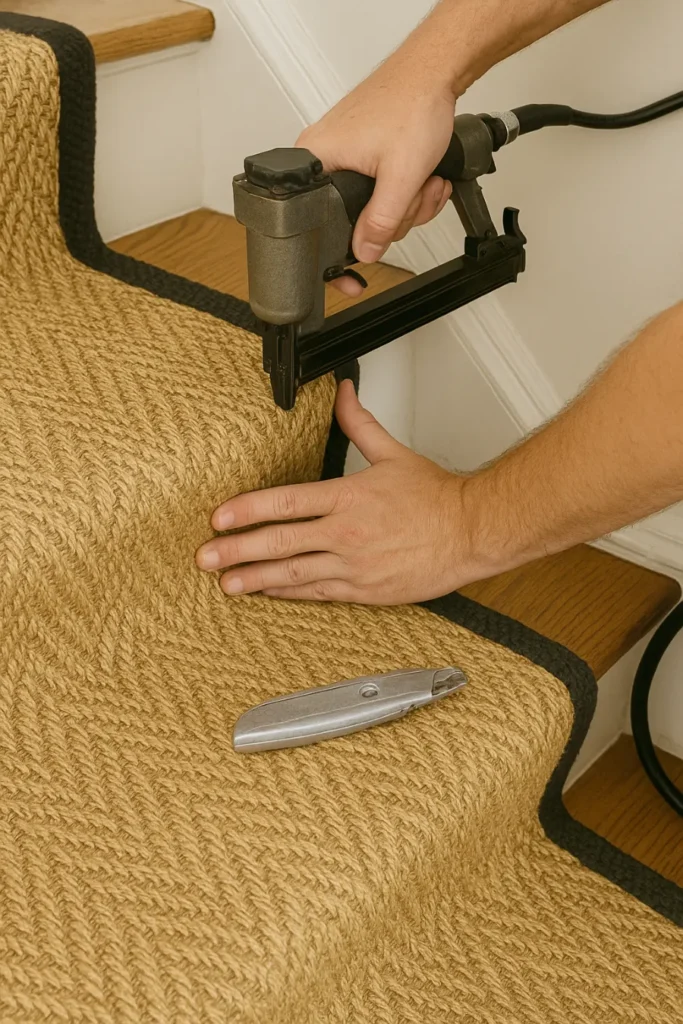
Installing a stair runner can feel intimidating, but it’s doable with some planning.
DIY vs Professional Installation
- DIY installation: If you’re handy, you can install your runner with a pneumatic stapler, underlay, and some patience. Many homeowners tackle it in a day.
- Professional installation: If your stairs are winding or unusually shaped, a fitter may be the safer choice.
Tools and Materials You’ll Need
- Pneumatic stapler and staples
- Utility knife (with a new blade)
- Underlay or padding
- Measuring tape and painter’s tape
- Stair rods (optional, for a decorative touch)
Step-by-Step Basics
- Measure and center your runner using painter’s tape as a guide.
- Start at the bottom and staple under the bullnose of each step, pulling the runner taut.
- Work upwards, step by step, ensuring it stays centered.
- Cut neatly at the top and finish with trim or a border for a polished look.
The key is to staple securely while keeping the runner tight and straight.
Maintenance and Care Tips
A seagrass stair runner is surprisingly easy to maintain if you follow a few simple steps:
- Vacuum regularly: The tight weave resists dirt, but vacuuming keeps dust and debris at bay.
- Spot clean spills: Blot (don’t rub) with a clean cloth. Avoid harsh chemicals—mild soap and water usually work.
- Avoid moisture: Seagrass doesn’t love water, so keep it dry. It’s best for indoor use only.
- Rotate or refresh: Over time, you may notice wear on high-traffic steps. Adding stair rods or replacing a section is easier than replacing the whole runner.
Real-Life Inspirations
One of the most exciting things about seagrass stair runners is how they completely transform a staircase. Here are a few examples pulled from real homes:
- Cottage Makeover: In a 100-year-old cottage, a seagrass runner instantly brightened painted stairs, giving them warmth and charm.
- Black and White Contrast: Pairing a natural seagrass runner with black-stained railings and white risers creates a bold, elegant look.
- DIY Renovation: Many homeowners rave about the satisfaction of ripping up old carpet, painting their stairs, and adding a seagrass runner for under $200.
These projects prove you don’t need a huge budget to make a big impact.
Conclusion: Why a Seagrass Stair Runner is Worth It
When it comes to updating your home, few changes deliver as much impact for the price as a seagrass stair runner. It’s eco-friendly, stylish, safe, and durable. Whether you’re after a chic coastal vibe, a farmhouse look, or a timeless classic feel, seagrass has the versatility to work with your design.
And the best part? Installing one doesn’t just beautify your staircase—it makes it safer, more practical, and a little more welcoming every time you climb the steps.
If you’re looking for a home update that blends sustainability with style, a seagrass stair runner might just be the perfect choice.



